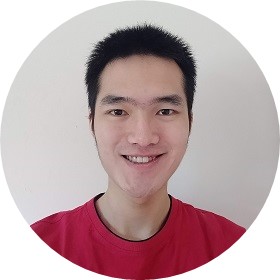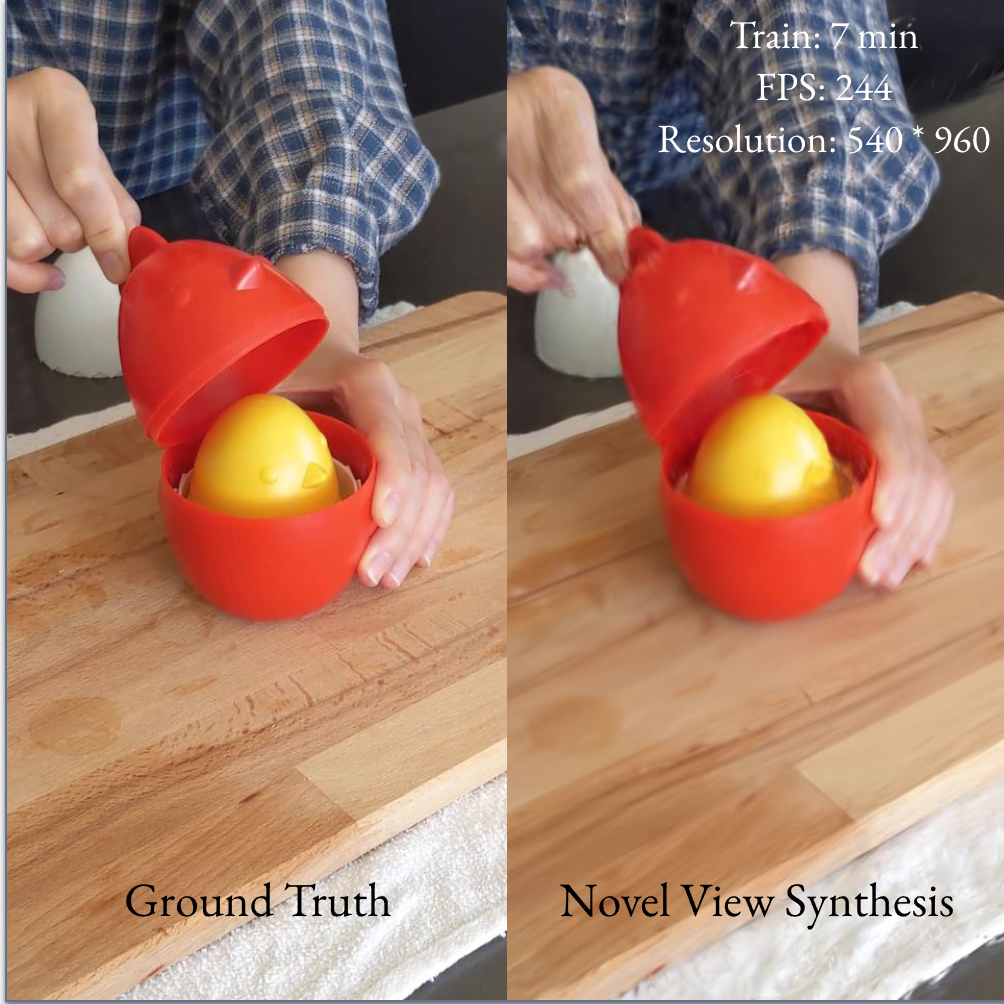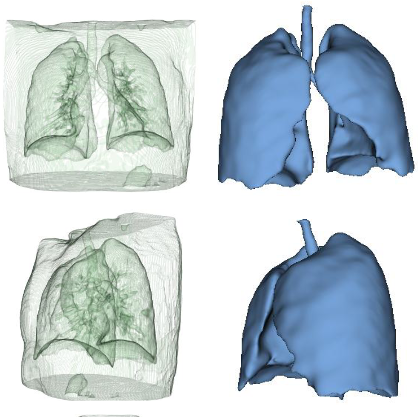|
I am a Computer Science Ph.D. student at Stony Brook University. Previously, I obtained my master's degree at Brown University, advised by Prof. Srinath Sridhar. I earned my bachelor's degree at Rutgers University. I'm interested in 3D computer vision and generative models. Email / Google Scholar / Twitter / LinkedIn |

|
|
|

|
Sijie Ding, Yoonsang Kim, Arie Kaufman Under submission |

|
Gaofeng Deng, Sijie Ding, Arie Kaufman Under submission |

|
Qiuhong Anna Wei, Sijie Ding, Jeong Joon Park, Rahul Sajnani, Adrien Poulenard, Srinath Sridhar, Leonidas Guibas CVPR 2023 website / arxiv / code LEGO-Net is a data-driven transformer-based iterative method for LEarning reGular rearrangement of Objects in messy rooms. LEGO-Net is partly inspired by diffusion models – it starts with an initial messy state and iteratively “de-noises” the position and orientation of objects to a regular state while reducing distance traveled. |

|
Shuai D. Han, Baichuan Huang, Sijie Ding, Changkyu Song, Si Wei Feng, Ming Xu, Hao Lin, Qingze Zou, Abdeslam Boularias, Jingjin Yu 2021 IEEE 17th International Conference on Automation Science and Engineering (CASE) paper / video / code In this work, leveraging the latest development in machine learning and robot learning, we develop an image-based sorting system for tackling this challenging task. |

|
Lihang Yang, Lydia Lo, Sijie Ding, Tuğrul Özel Progress in Additive Manufacturing, 5, 367–378 (2020) poster The results indicate that some occurrences of undermelting, overmelting, and material spatter can be detected that can then be correlated to localized defects, delamination, and layer separation. |
|
source code of this website
|